In Dai language, Yibang means “a place with Tea trees and a water well.” Yibang Tea Mountain is located in the eastern part of Xiangming Township, Mengla County, Xishuangbanna Dai Autonomous Prefecture, Yunnan Province. To its north lies Mengwang Township of Jinghong City, to its south is Manzhuan Tea Mountain, to its west is Gedeng Tea Mountain, and to its east is Yi Wu. It is situated at the pivotal point along the ancient route connecting the six major Puer tea mountains to Sime Hall under Pu'er Prefecture. As the central hub of the ancient Tea Horse Road leading to Tibet, it played a significant role in the region's trade. In 1570 (the fourth year of the Longqing period of the Ming Dynasty), the Cheli Prefectural Office divided the area into twelve regions, combining the six major tea mountains with Zhengdong. The administrative center was set up in Yibang. After the establishment of Pu'er Prefecture in 1729 (the seventh year of the Yongzheng period of the Qing Dynasty), the six major tea mountains came under its jurisdiction. Cao Dangzai was granted the position of local commander of Yibang for his military contributions and became responsible for managing the six major tea mountains (he and his descendants continued to manage these areas until the removal of the Youle Prefect to Sime in 1735). He also served as the first official responsible for procuring tribute tea. During Cao Dangzai's tenure, a large number of people from Shiping, Sichuan, Jiangxi, and Yuanjiang entered Yibang to cultivate and process tea, as documented by Tan Cui in “Yunnan Haiyu Hengzhi”: “… hundreds of thousands of people entered the mountains to make tea…”. The tea industry flourished, the population grew, tea houses and trading companies sprang up everywhere, merchants frequented the area, and the sound of horse caravans could be heard constantly. A prosperous scene unfolded. The production and trade of tea on Yibang Ancient Tea Mountain reached their peak during the Daoguang period and maintained its status as the political, economic, and tea trade center of the “six major tea mountains” even into the late Qing Dynasty.
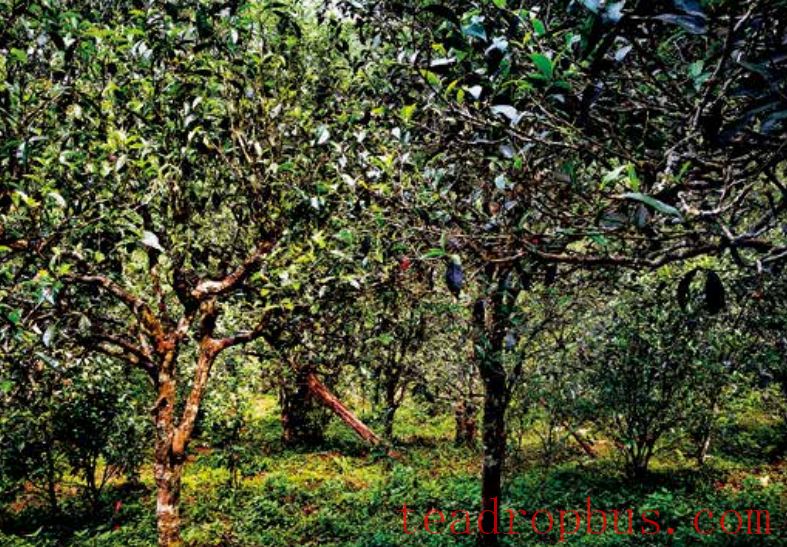
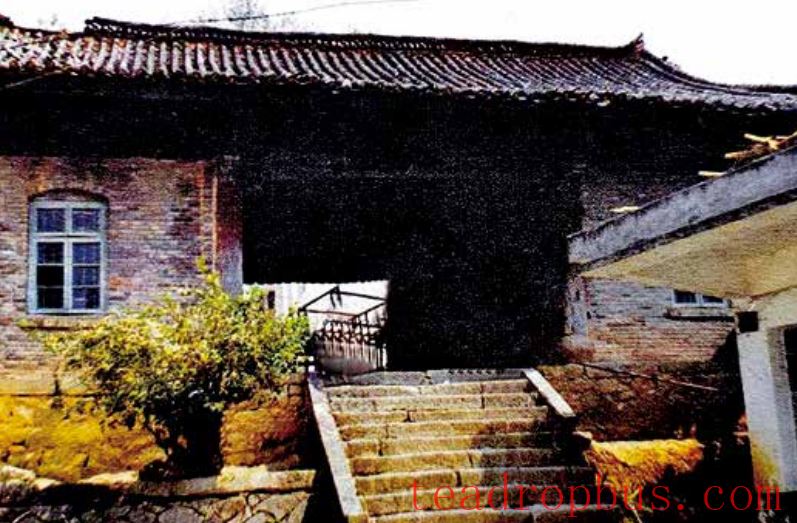
Old site of the Shiping Guildhall on Yibang Street
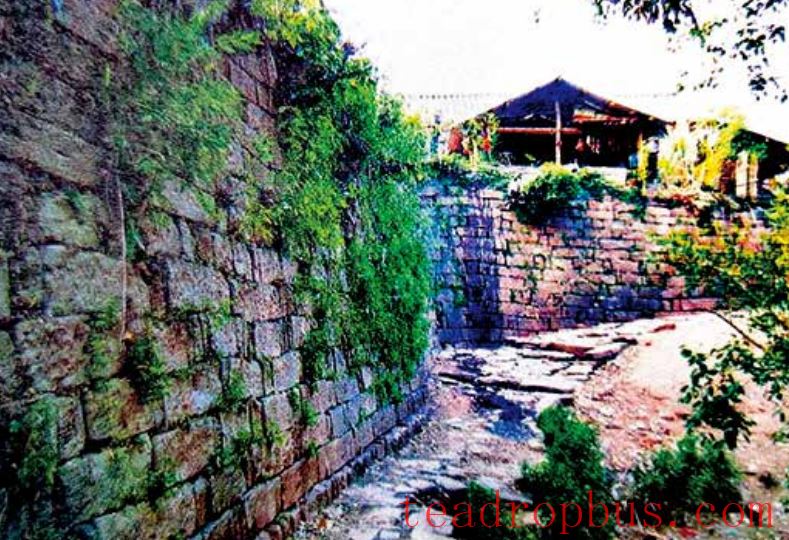
Foundation of the temple in Yibang
In the Republican era, the center of trade and Tea processing in the six major tea mountains shifted to Yi Wu Tea Mountain, causing a sharp decline in Yibang's population. During this period, most of Yibang's tea was sold to Lai Zhou, Vietnam. Following the outbreak of the War of Resistance Against Japan, the ongoing warfare further depressed the tea industry across the six major tea mountains. All tea houses and companies ceased operations, and the tea mountains began to decline. In 1942, the Youle people revolted and attacked Yibang, turning this century-old tea mountain town into ruins, marking the beginning of Yibang's decline.
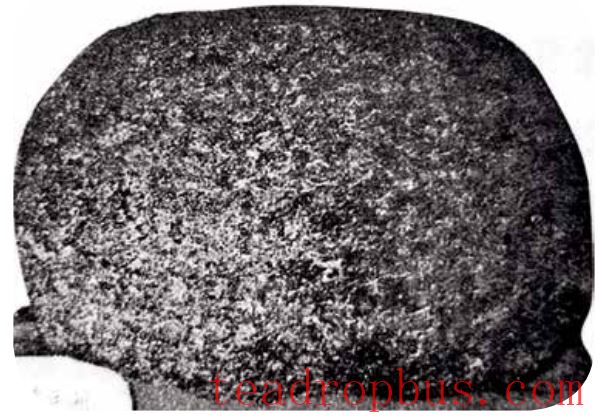
Puer Golden Melon Tribute Tea
The main sources of ancient tea trees in Yibang Tea Mountain include Yibang, Mansong, Cangkong, Jia Bu, Mangong, and Malishu, among others. The ancient tea gardens in Yibang are characterized by small and medium-sized tea leaves, resulting in a very mild bitterness and slightly more astringency than bitterness. They have a quick return to sweetness and a unique aroma with subtle honey-like notes. Among them, Mansong tea is particularly renowned for its quality and taste, with a barely noticeable bitterness and a sweet, full-bodied soup, earning the saying “Taste Yibang by drinking Mansong.” Mansong tea is truly an extraordinary variety. In the China National Tea Museum, there is a Golden Melon Tribute Tea or Golden Melon Human-shaped Tea that is over two hundred years old and is referred to as the “Supreme Emperor of Puer Tea” by tea enthusiasts in Hong Kong, Macau, and Taiwan. Its raw materials originate from Yibang Tea Mountain. In 1744 (the ninth year of the Qianlong period), the tea produced in Mansong was designated as a tribute to the imperial court, and its fame spread far and wide. Therefore, each year, twenty piculs of Puer tea made from the first spring harvest of Mansong were offered to the imperial court. The procurement of tribute tea continued until 1908 in the Guangxu period of the Qing Dynasty. Due to social unrest, instability at the border, and dangerous travel conditions, the tea caravans escorting the tribute tea faced frequent robberies, forcing the government to abandon the practice. Thus, the era of Puer tribute tea came to an end.
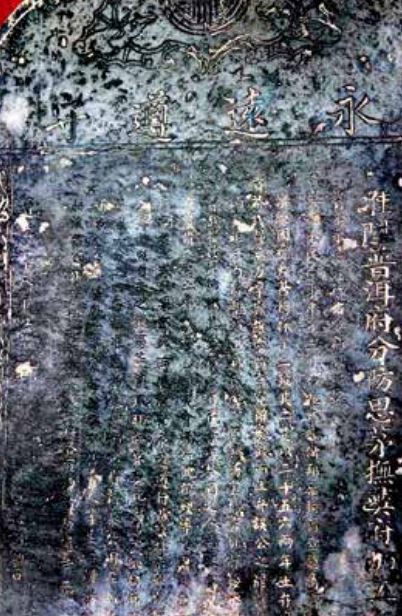
Stone steles recording tea-related events on Yibang Tea Mountain
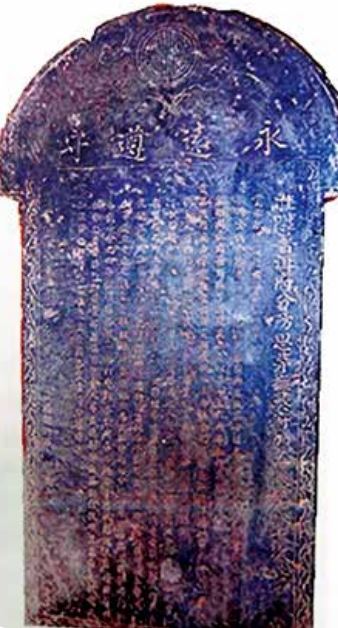
The stele “Regulations for the Collection of Tea Silver” erected in front of the Yibang Prefect's residence
For Yibang, tea is a gift from the earth and the reason for its prosperity. During its heyday, the influx of tea merchants from various regions, the gathering of tea farmers, and the rapid expansion of tea trade led to the formation of four major towns: Yibang Street, Mangong Street, Manzhuan Street, and Niuguntang Street. Guildhalls from Sichuan, Chuxiong, and Shiping coexisted in the streets, and famous tea houses such as Huimin, Hongchang, Qingfenghe, Qingfengyi, Yuanchang, and Hengsheng emerged. The bustling scene of tea caravans between towns was unprecedented. At its peak, the population of Yibang Tea Mountain reached around 80,000, and the annual tea production exceeded ten thousand piculs. Today, when one walks through Yibang, they can still smell the fragrance of ancient tea and see the remaining stone pillars of the Prefect's residence, countless ancient stone slabs worn smooth by footsteps and hooves, scattered steles, stone carvings, and epitaphs throughout the ancient town and tea mountains. These are a microcosm of history, recording the past glory and pain of Yibang.